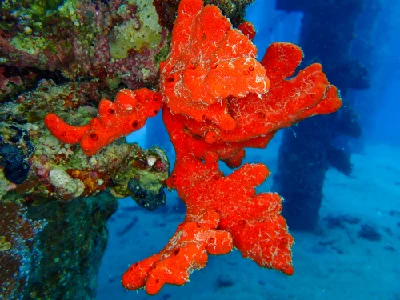Porifera
undefined, classified as members of the phylum Porifera, represent a fundamental group within the animal kingdom, closely related to diploblasts. These organisms exhibit a high level of complexity, featuring multicellular structures characterized by the presence of pores and interconnected channels. Their body composition comprises a gelatinous mesohyl layer ensconced between two delicate cellular layers.
undefined have unspecialized cells that can transform into other types and migrate between the main cell layers and the mesohyl. Unlike humans, sponges lack complex nervous, digestive, or circulatory systems. They rely on a constant water flow through their bodies to obtain food, oxygen, and remove wastes. undefined are believed to be some of the earliest animals, branching off from the last common ancestor of all animals. They are multicellular, heterotrophic, lack cell walls, and produce sperm cells. While lacking true tissues and organs, most sponges have adapted body shapes for efficient water flow. Many have internal skeletons of spicules or spongin. undefined are sessile aquatic animals that attach to underwater surfaces, with some species being freshwater and the majority being marine. Most sponge species feed on bacteria and other microscopic food, while some host photosynthesizing microorganisms. undefined reproduce both sexually and asexually, with some species regenerating from fragments. The internal gelatinous matrix called mesohyl acts as an endoskeleton in most sponges, while some are stiffened by mineral spicules or spongin fibers. Demosponges are the most common sponge species, with a wide range of habitats, while calcareous sponges are restricted to shallow marine waters and glass sponges are found in polar regions and ocean depths. Fossils of these sponge types have been found dating back millions of years.







